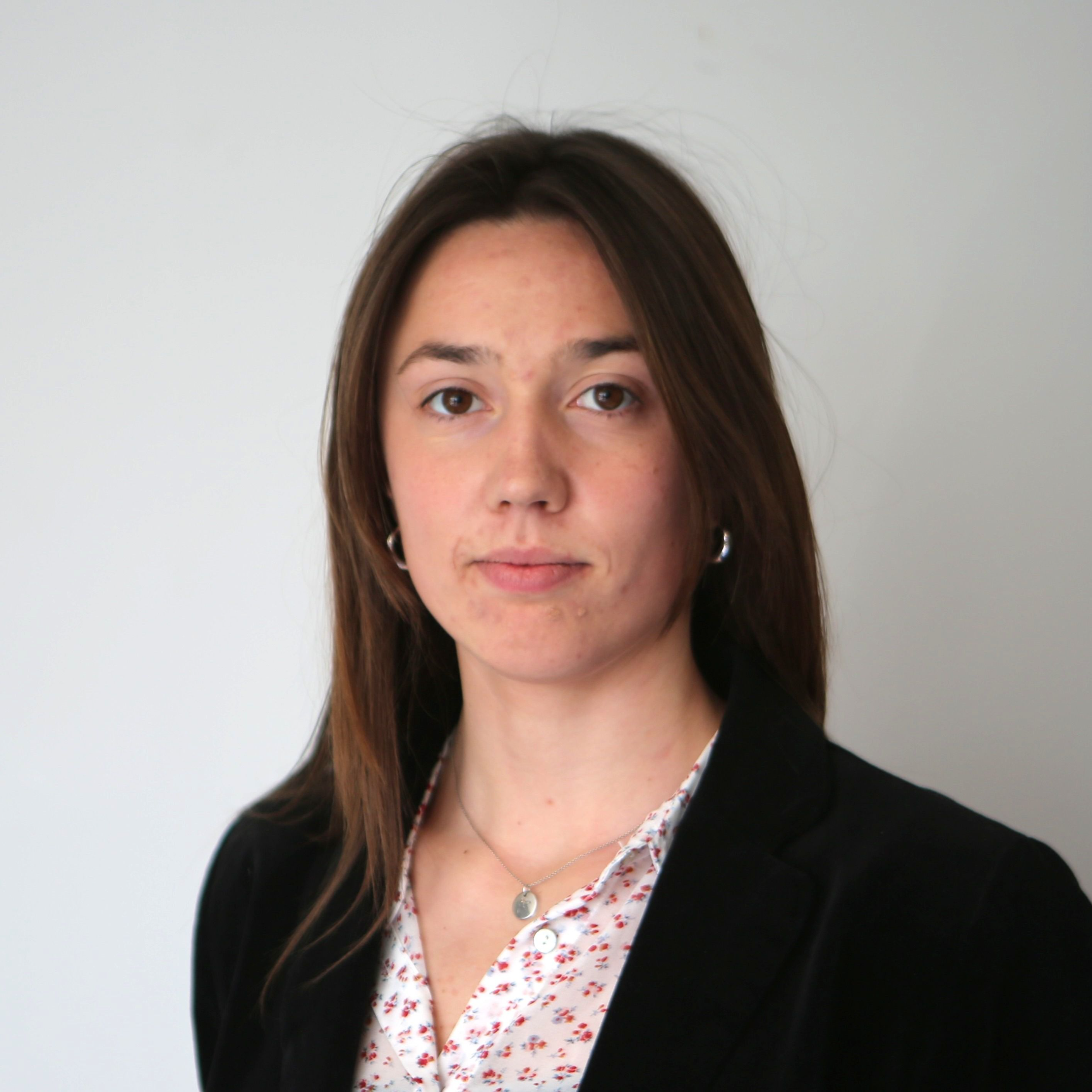The festival spans the next two and a half weeks, celebrating Latin American and Hispanic culture, as well as their indigenous cultures.
The films are provided by the embassies of Spain and several Latin American countries as part of a larger programme that provides films to communities throughout New Zealand.
Entry to all festival events is free and bookings are not required. The event is sponsored by the Creative Communities Scheme in Whanganui and is organised by a group of Whanganui Spanish language educators and enthusiasts.
Wilkie is a former Spanish teacher at Whanganui High School, along with leading the language department.
Other organisers include Queralt Scott, originally from Barcelona and a Spanish teacher at Whanganui Collegiate School.
Beverly Stuart, from New Zealand originally, lived in Peru for 12 years and is a Spanish teacher at Whanganui High School.
Andrea Gardner is a local artist who completed art residencies in Mexico, Bolivia and Spain.
Wilkie said they were a group who “share this love of Hispanic things and just like to share that with our local community”.
Although Spanish had only been taught more widely in New Zealand schools in recent decades, it had quickly risen in popularity, Wilkie said.
“I think now it’s probably the most popular language at the high schools throughout the country,” she said.
Each year the festival selects a central theme. This year’s focus is Peru, known for its immense plant diversity, and its importance in global food security.
“There are 3000 kinds of potatoes and just amazing food sources really, because they have three different geographic areas in Peru from desert to high jungle to the Amazon,” Wilkie said.
Attendees can learn more about traditional Peruvian food and culture on October 18 at the 7pm viewing of the Peruvian documentary Hatun Phaqcha: Tierra Sana (The Healing Land).
The festival’s tapas night will feature traditional Peruvian and Andean foods.
To accompany the films, organisers typically give short lectures on the history and cultures along with food and musical performances.
From a Spanish western to an Argentinian children’s animation to a Colombian suffragette drama, each movie is from a different Hispanic or Latin American culture and caters to audiences of all ages and interests.
“Spanish culture isn’t just Mexican mariachi bands and Spanish flamenco dancers — there’s a whole lot more diversity in the way people live,” Wilkie said.
The lineup includes: Maria (Chile), Gigantes de La Mancha (Argentina), Estimados Señores (Colombia), Intemperie (Spain), Kobra: Auto-Retrato (Brazil), Hatun Phaqcha: Tierra Sana (Peru), El mundo de Nelsito (Cuba) and La promesa (Mexico).
More information on the movies and screening times can be found on the NZ Latin American & Spanish Film Festival website lasffnz.co.nz.
